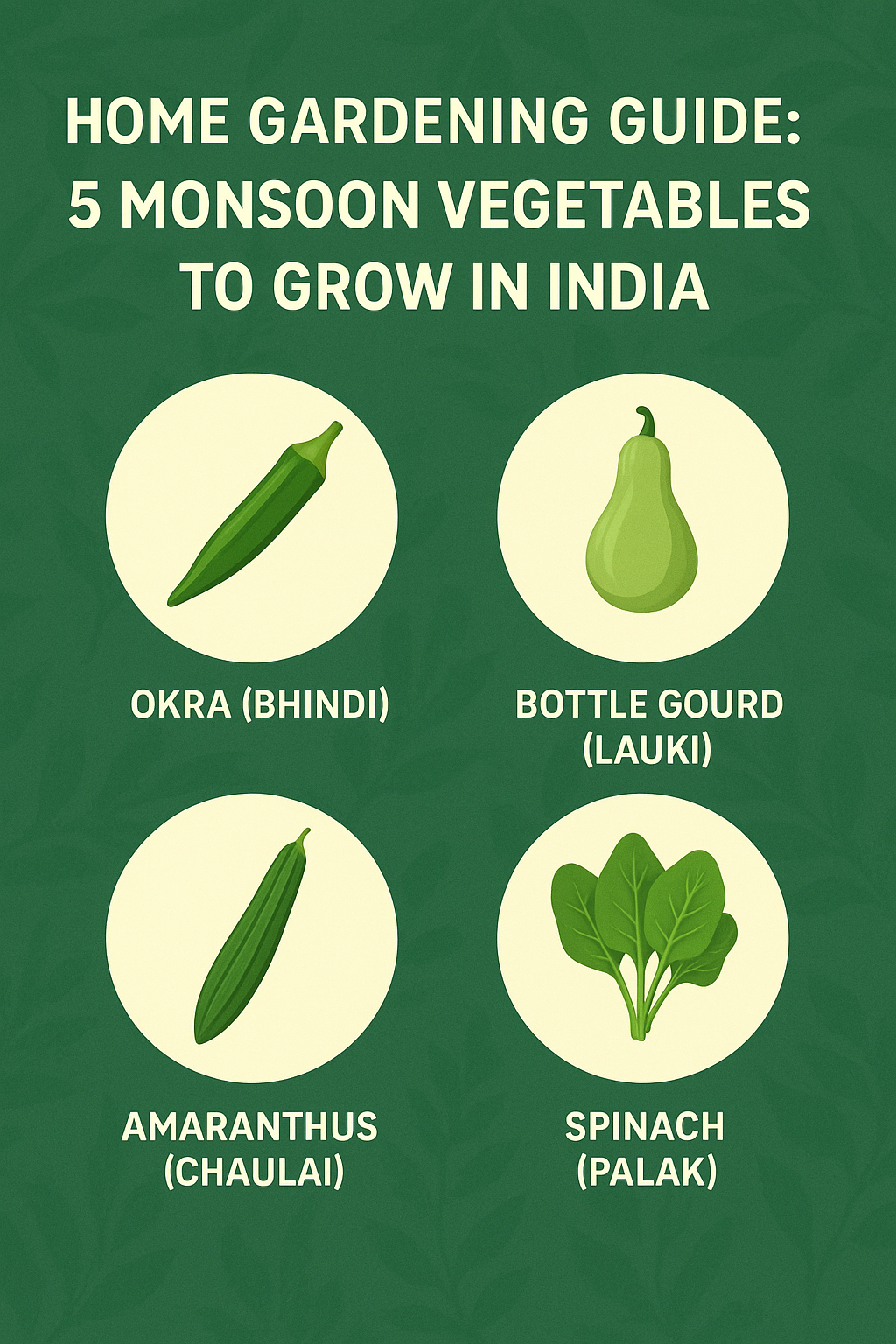The rainy season in India brings more than just relief from the summer heat — it also offers the perfect opportunity to start your Monsoon Vegetables in your home garden. With consistent rainfall and a drop in temperature, monsoon becomes an ideal time to grow a variety of vegetables right in your backyard or on your balcony. Gardening during this season not only ensures a fresh supply of organic produce but also helps you stay connected with nature. In this blog, we’ll explore 5 easy and highly productive monsoon vegetables you can grow at home in India, even with minimal space and effort.
Top 5 Monsoon Vegetables
1. Okra (Bhindi)
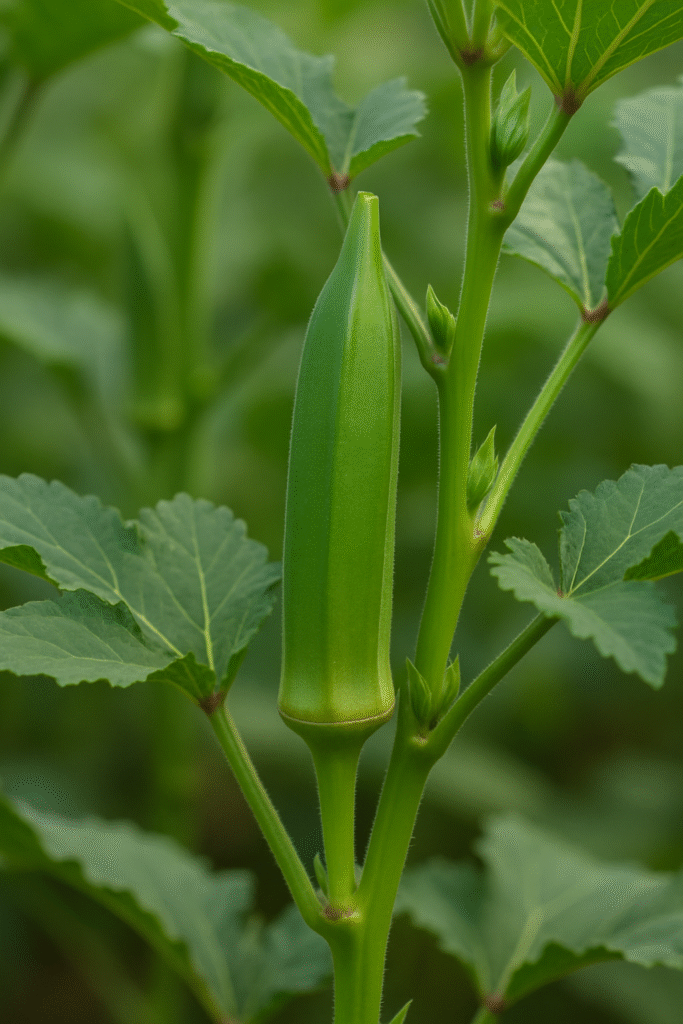
Scientific Name: Abelmoschus esculentus
Health Benefits:
- Rich in Vitamin C, Vitamin K, and folate.
- Aids digestion due to high fiber content.
- Helps control blood sugar levels.
Growing Conditions:
- Soil: Loamy, well-drained soil enriched with compost.
- Sunlight: Full sun (6–8 hours a day).
- Watering: Water regularly, but avoid overwatering to prevent waterlogging.
Maintenance Tips:
- Keep the area weed-free.
- Harvest the pods when they are 3–5 inches long and tender.
2. Bottle Gourd (Lauki)
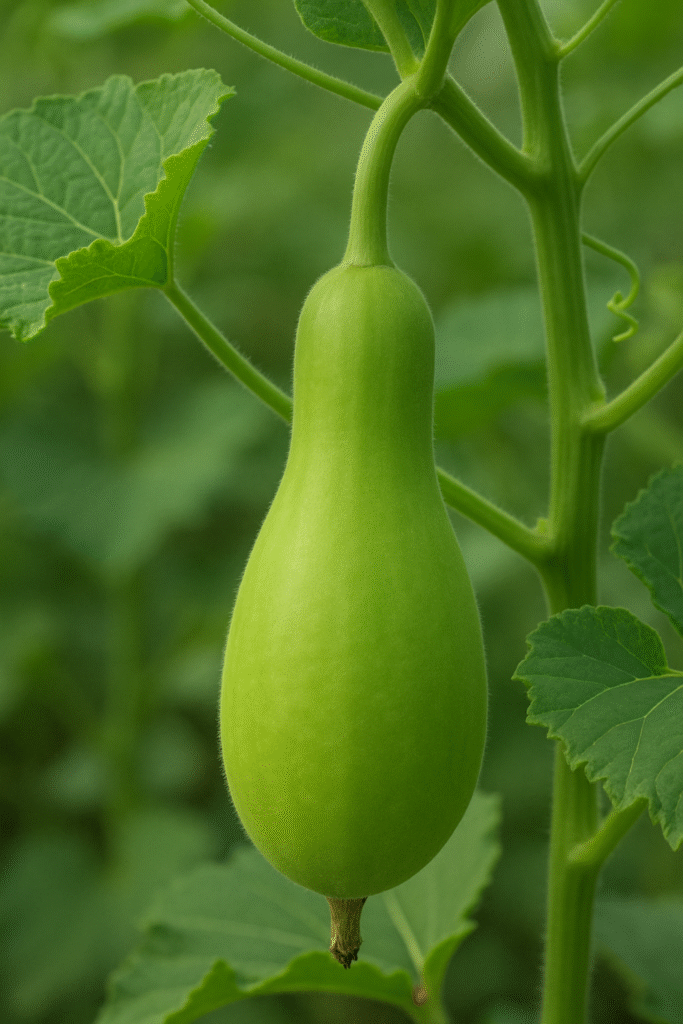
Scientific Name: Lagenaria siceraria
Health Benefits:
- A hydrating vegetable, excellent for weight loss.
- Supports digestion and heart health.
- Has cooling properties, ideal for humid weather.
Growing Conditions:
- Soil: Fertile, sandy-loam soil with good drainage.
- Sunlight: Needs 6–7 hours of direct sunlight.
- Watering: Regular watering, especially at the flowering stage.
Maintenance Tips:
- Use vertical support (trellis) for vine growth.
- Apply organic fertilizer every 2–3 weeks for better yield.
3. Sponge Gourd (Turai)
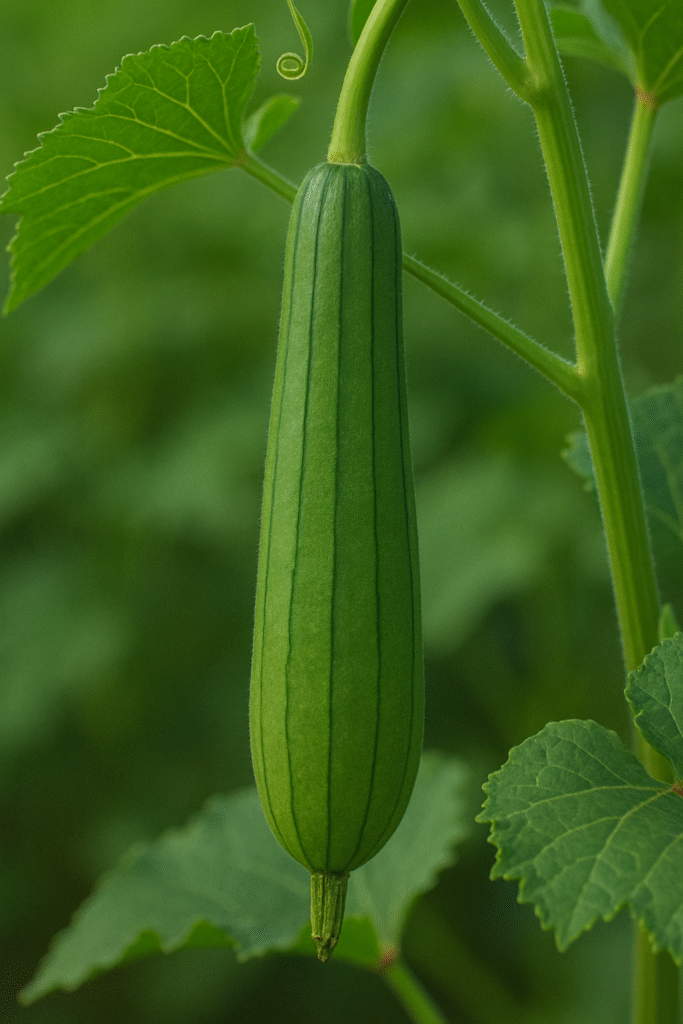
Scientific Name: Luffa cylindrica
Health Benefits:
- Detoxifies the liver.
- Lowers cholesterol.
- High in water and dietary fiber.
Growing Conditions:
- Soil: Light, sandy soil rich in organic matter.
- Sunlight: Full sunlight with proper airflow.
- Watering: Moderate, avoid overwatering.
Maintenance Tips:
- Train vines with a support system.
- Prune side shoots to encourage more fruit.
Also Read: Lucky Plants for Your Home
4. Amaranthus (Chaulai)
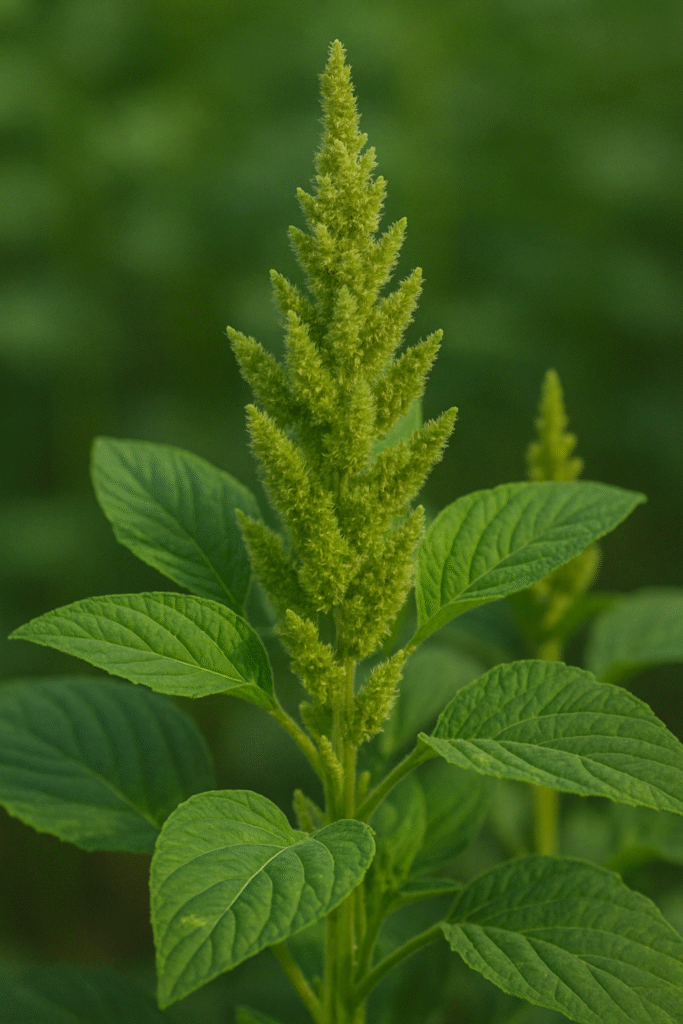
Scientific Name: Amaranthus spp.
Health Benefits:
- Packed with iron, calcium, and Vitamin A.
- Boosts immunity and improves skin health.
- Helps fight anemia.
Growing Conditions:
- Soil: Loose, fertile soil with good drainage.
- Sunlight: Prefers partial to full sun.
- Watering: Regular, light watering to keep the soil moist.
Maintenance Tips:
- Thin out plants if overcrowded.
- Harvest young leaves for the best flavor and tenderness.
5. Spinach (Palak)
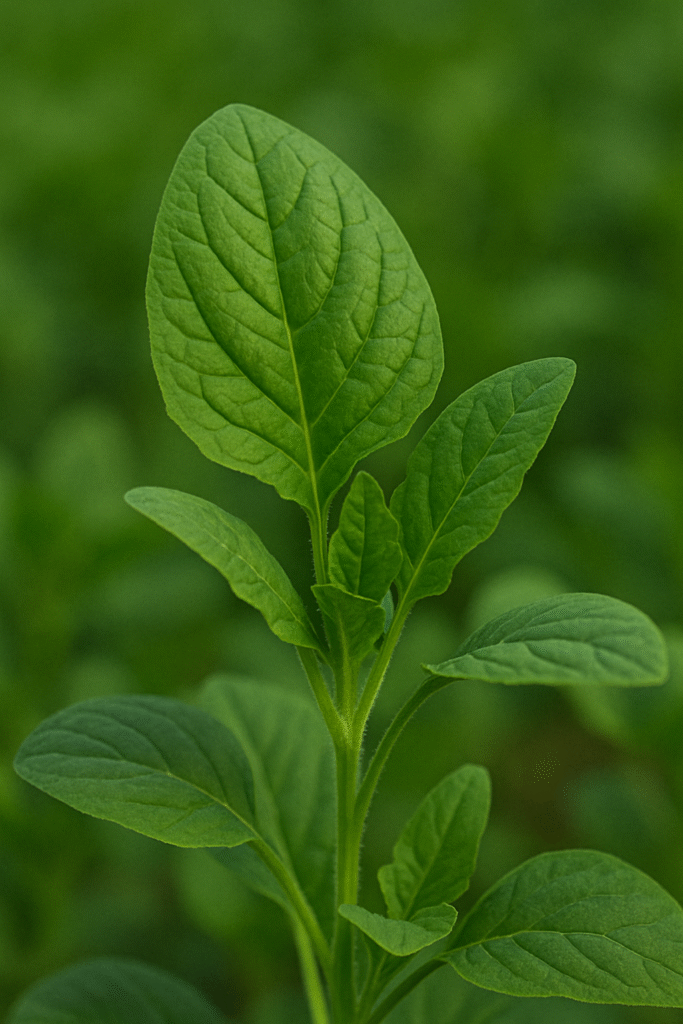
Scientific Name: Spinacia oleracea
Health Benefits:
- A powerhouse of iron, antioxidants, and Vitamin A.
- Improves eye health and boosts energy.
- Supports bone strength due to high calcium content.
Growing Conditions:
- Soil: Moist, rich in organic compost.
- Sunlight: Prefers cool temperatures and partial shade.
- Watering: Keep soil evenly moist, not soggy.
Maintenance Tips:
- Mulch to retain moisture and control weeds.
- Harvest outer leaves regularly to extend the growing season.
Conclusion
Growing vegetables at home during the rainy season is not only rewarding but also surprisingly easy when you choose the right monsoon vegetables. The Indian monsoon provides ideal conditions for growing nutrient-rich vegetables like okra, bottle gourd, sponge gourd, amaranthus, and spinach. These monsoon vegetables thrive in the natural humidity and rainwater, offering you a fresh and organic harvest right from your home garden. Whether you have a spacious backyard or a compact balcony, planting monsoon-friendly crops is a great way to eat healthy, save money, and enjoy the joy of gardening. So this rainy season, embrace the benefits of nature and grow your own monsoon vegetables with ease!
FAQs
1. Can I grow monsoon vegetables in pots or containers?
Yes, most monsoon vegetables can be easily grown in containers or pots. Make sure the containers have proper drainage holes and use nutrient-rich soil. Vertical support is recommended for climbing vegetables like bottle gourd and sponge gourd.
2. When is the best time to plant monsoon vegetables in India?
The best time to start planting monsoon vegetables is from late June to early July, just after the first showers. This gives the plants a full season of rain and warmth to grow healthily.
3. Do monsoon vegetables require fertilizers?
Yes, applying organic compost or well-rotted manure helps improve soil fertility and boost plant growth. You can also use natural fertilizers like vermicompost every 2–3 weeks for better yield.

